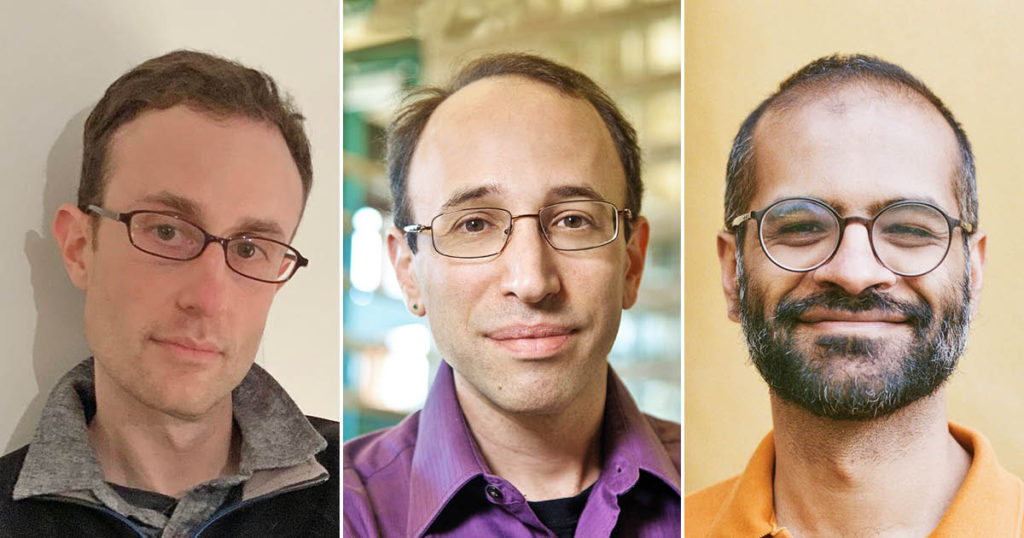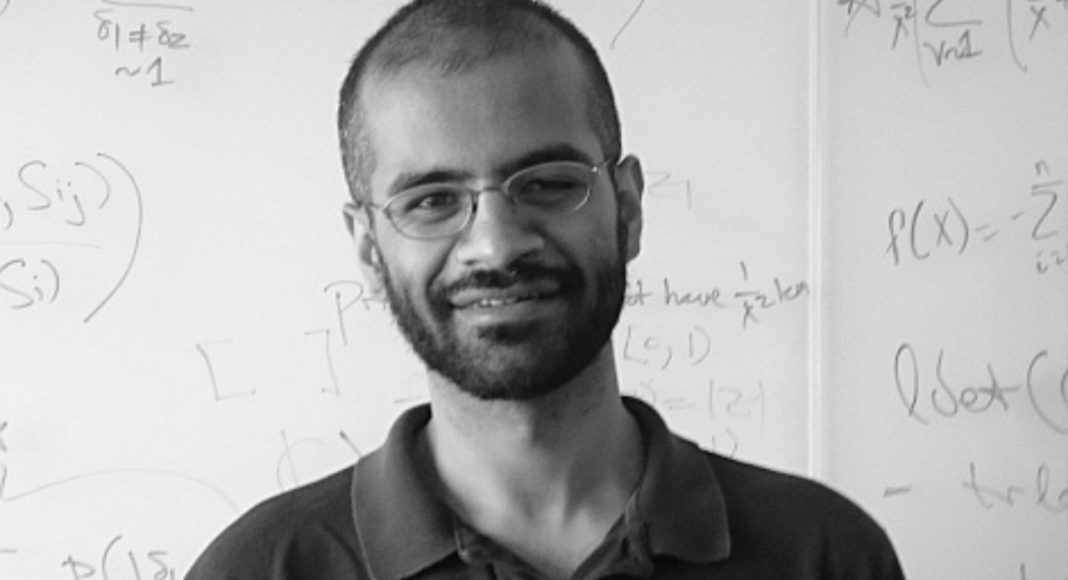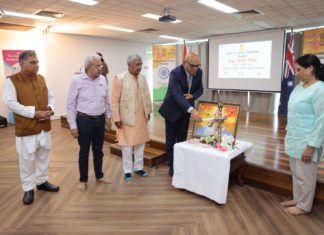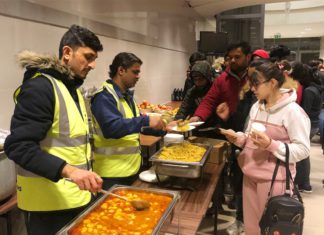Indian-origin mathematician Prof. Nikhil Srivastava, who teaches at the University of California, Berkeley, has been jointly selected for the inaugural Ciprian Foias Prize by American Mathematical Society (AMS).
The Ciprian Foias Prize in Operator Theory is awarded for notable work in Operator Theory published during the preceding six years.
Prof. Srivastava will receive the prize along with Prof. Adam Marcus and Prof. Daniel Spielman.
AMS said in a statement:
“Together, these ideas provided a powerful toolkit with many applications, notably in the trio’s breakthrough paper “Interlacing families II: mixed characteristic polynomials and the Kadison–Singer problem” (Annals of Mathematics, 2015), which solves the famous “paving problem” in operator theory, formulated by Richard Kadison and Isadore Singer in 1959.”
The award recognises their highly original work that introduced and developed methods for understanding the characteristic polynomial of matrices.

In a joint statement, the three awardees said:
“Our involvement was the final chapter of an amazing story we hope will inspire similar solutions to difficult problems in the future.”
Prof. Srivastava double-majored in Mathematics and Computer Science and minored in English at Union College.
He later received his PhD in computer science at Yale in 2010, advised by Dan Spielman.
After postdocs at the Institute for Advanced Study, the Mathematical Sciences Research Institute, and Princeton University, he moved to Microsoft Research India in 2012, where Prof. Srivastava stayed until 2014 before coming to Berkeley.
Prof. Srivastava has also won the George Polya Prize in 2014 and the Held prize in 2021.
The prize will be presented on January 5, 2022 at the Joint Mathematics Meeting in Seattle.
This is described as “the largest mathematics gathering in the world.”




